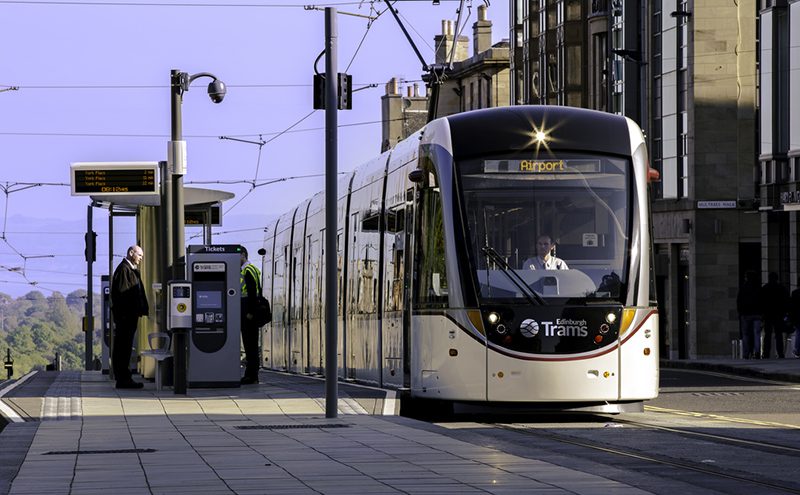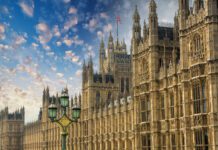
England is falling behind Scotland in improving air quality with no coherent strategy to integrate land use planning with transport planning, the Royal Town Planning Institute (RTPI) says.
In its response to the Government’s Clean Air Strategy consultation, the RTPI criticises the recently published National Planning Policy Framework (NPPF) for missing the opportunity to tighten the need for local authorities to make transport decisions that support sustainable patterns of settlement growth.
With the NPPF’s emphasis on meet housing numbers, developments are likely to be created in remote locations where land is cheaper, but the lack of an integrated approach to transport and land use planning means that many will not be supported by the infrastructure needed for sustainable modes of travel, it says.
The Institute believes that the Scottish Government’s strategy for cleaner air is much clearer on the role that planning can play in shaping sustainable settlement patterns and promoting a shift away from the car towards public and active transport.
The RTPI says the Government should at least aim for new developments to be “air quality neutral”. To achieve this, local and combined authorities must have the resources and technical capacity to develop integrated spatial maps of land use, transport infrastructure and air quality, to shape the location and form of development, and to make investment in mitigation. Resources should be made to extend the use of digital tools like WebCAT to local authorities outside Greater London to help them better integrate planning and transport decisions.
The RTPI also urges local authorities to maximise the use of existing powers and the planning process to reduce air pollution and mitigate negative impacts of development.
These include allocating sites in local plans to those which can reduce car usage and support modal shift to public/active travel; using planning obligations to secure financial contributions from developers to improve air quality; and preventing developments on grounds of negative impact on air quality.








